Hanging a silk scarf
Thanks in advance.
Related Discussions
Blackout curtains behind vertical blinds
I have two 6' patio doors, and I want to add blackout curtains to keep the sun/cold out. What is the best way to hang them, and what can I use to push the curtains ba... See more
How to make a balloon garland?
Does anyone know how to make a balloon garland or a balloon arch?
Does anyone know what this is?
Just turn them upside down and open them, then insert a roll of paper towel and tada, you have yourself a brand new paper towel holder that is not only beautiful, but... See more
Can anyone identify this vintage wooden crank box?
The item is solid wood, standing aprx. 26" high x 16" wide, no exterior holes or outlets, side crank handle turns four wooden paddles inside with various size holes o... See more
What to put in this huge mason jar?
I have a HUGE mason jar. I would like some ideas on what to put in it for decorations, other than flowers.
How can I find discontinued Pulaski or Neiman Marcus/Horchow furniture
I am looking for the discontinued Pulaski Royale collection nightstand, Neiman Marcus/Horchow also sold it, but called it the Royalty collection. I have looked all ov... See more
Ideas on different things I can do with these yummy old spools?
I'm a picker and came across lots and lots of these beauties. I took home several boxes of these purdies and are using for different projects. However, I want to find... See more
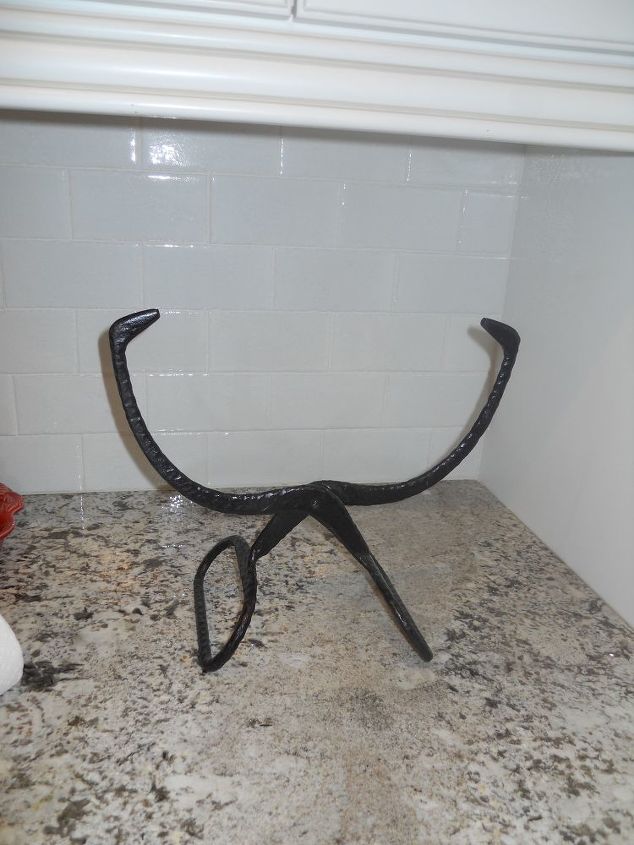
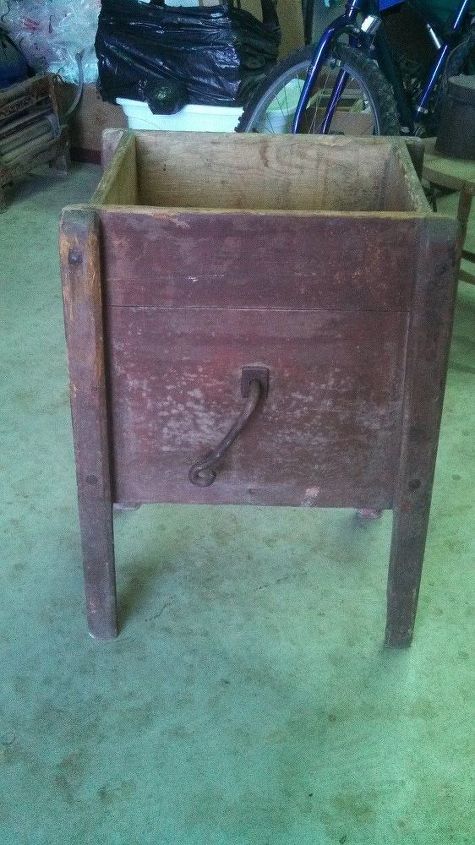
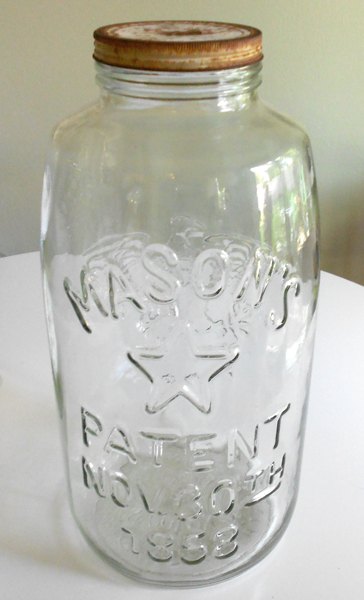
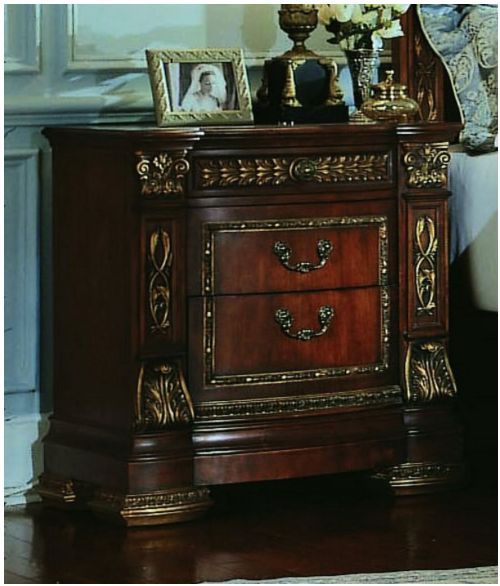
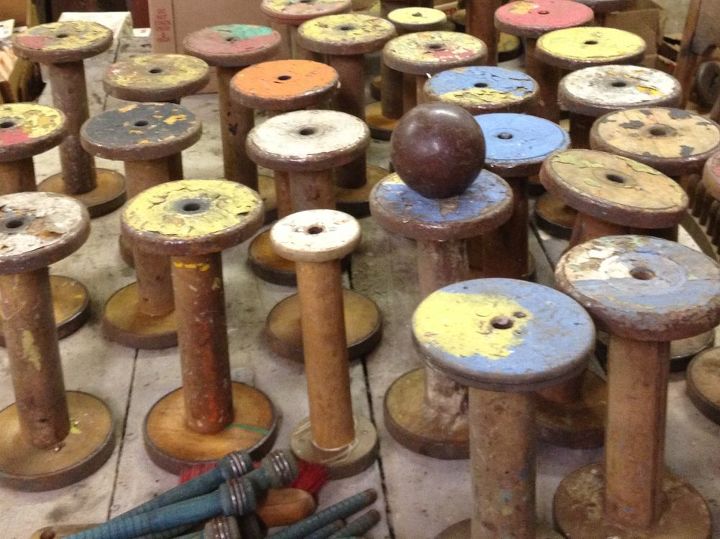
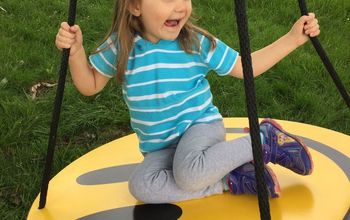
Silk Scarf Wall Hanging
Hello Anna! Relative to the term “unbuffered,” it refers to the calcium carbonate found in “archival” papers, boards, and such. There are specific, albeit few, boards that have not been buffered for this purpose. The moment you begin mixing any other elements (wood/frame, other fabrics, adhesives, glues), you begin a chemical cocktail. Linen, and muslin are plant-based and hold up best with a calcium carbonate-buffered board. Wool or silk would be a better choice (stretch and lace*the wool or silk to an unbuffered board and with a fine curved needle, gently tack down (with a neutral silk thread) the scarf to the fabriced board. Place another (if large double this) unbuffered board of the same size behind it, as a backer board. I would recommend glass or plexiglass with an inert spacer so it does not touch the glass (condensation issues would cause mildew or rot). I would also recommend a metal frame (inert). If you insist on a wood frame seal the inside rabbet with three coats of lacquer (each coat requires a 36 hour dry time, for a full cure allow a week to dry and gas out).
*the term lace/lacing refers to a method of attaching a textile to a flat substrate. In this case the fabric would be placed faced down; the mounting board centered; from the narrow sides, starting from the middle, using either wool or silk thread start
lacing from left to right—turn the board lace from the middle to the end of the board (maintain an even tension). This completes one full side/dimension. Turn the board sides, and starting at the middle of the board, do the same process. Check as you go by turning the board over and adjusting the warp and weft of you base fabric. Whew. ;) If you have any questions...please do not hesitate to ask.🌷
Hello Anna! Relative to the term “unbuffered,” it refers to the calcium carbonate found in “archival” papers, boards, and such. There are specific, albeit few, boards that have not been buffered for this purpose. The moment you begin mixing any other elements (wood/frame, other fabrics, adhesives, glues), you begin a chemical cocktail. Linen, and muslin are plant-based and hold up best with a calcium carbonate-buffered board. Wool or silk would be a better choice (stretch and lace*the wool or silk to an unbuffered board and with a fine curved needle, gently tack down (with a neutral silk thread) the scarf to the fabriced board. Place another (if large double this) unbuffered board of the same size behind it, as a backer board. I would recommend glass or plexiglass with an inert spacer so it does not touch the glass (condensation issues would cause mildew or rot). I would also recommend a metal frame (inert). If you insist on a wood frame seal the inside rabbet with three coats of lacquer (each coat requires a 36 hour dry time, for a full cure allow a week to dry and gas out).
*the term lace/lacing refers to a method of attaching a textile to a flat substrate. In this case the fabric would be placed faced down; the mounting board centered; from the narrow sides, starting from the middle, using either wool or silk thread start
lacing from left to right—turn the board lace from the middle to the end of the board (maintain an even tension). This completes one full side/dimension. Turn the board sides, and starting at the middle of the board, do the same process. Check as you go by turning the board over and adjusting the warp and weft of you base fabric. Whew. ;) If you have any questions...please do not hesitate to ask.🌷